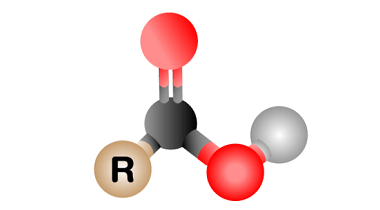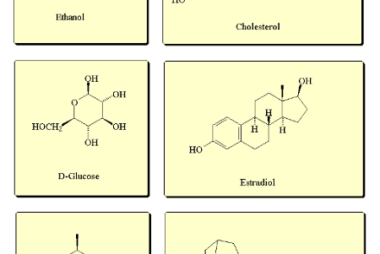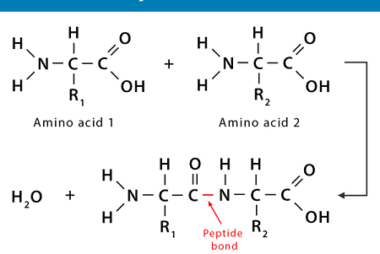Significant Figures
Significant figures, also known as significant digits, are the digits in a number that are considered to be meaningful and relevant. They are used to indicate the precision of a measurement or calculation, and they help to ensure that results are reported with the appropriate level of accuracy. The number of significant figures in a…









